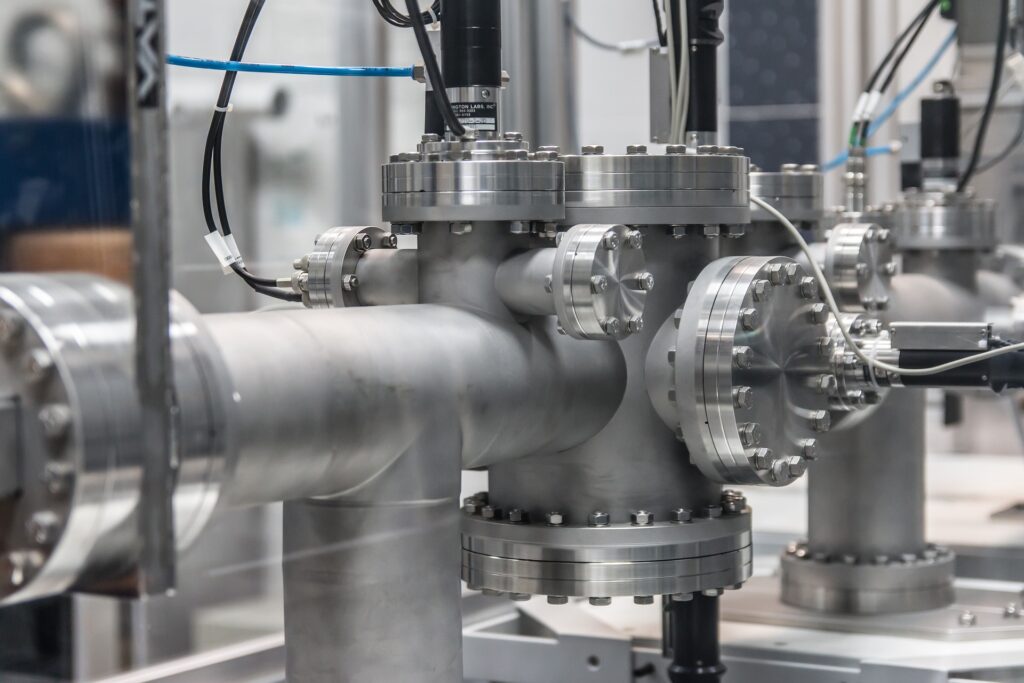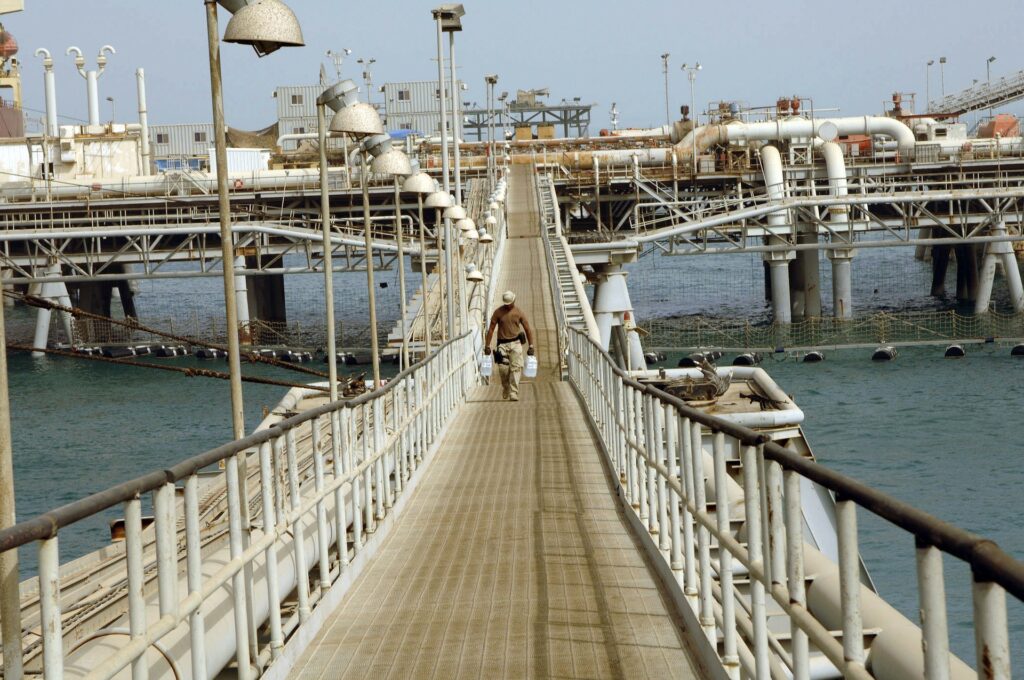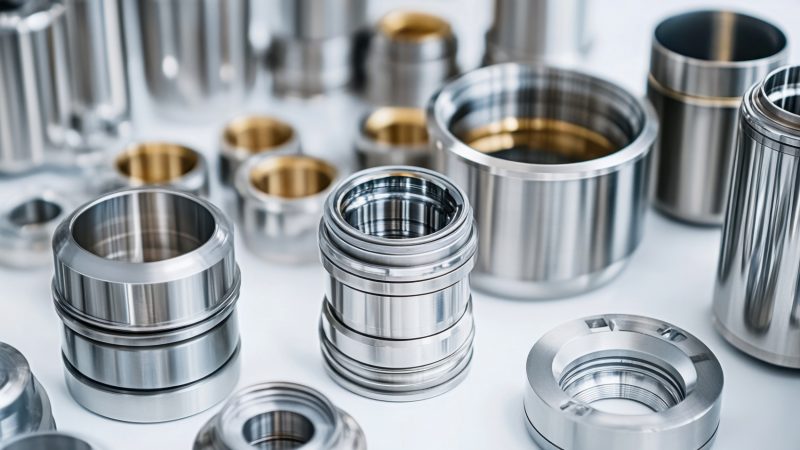Three Major Stages of Oil and Gas Industry Operations

The oil and gas industry, also known as the petroleum sector is the largest in terms of global economic value with a high contribution to the Gross Domestic Product (GDP) across the world. The oil and gas industry operation and facilitation process can be very broadly defined, depending on their use in the oil and gas industry production system.
Australian oil and gas industry has been into rapid expansion or large – scaled investment in megaprojects, along with its extent of consequential hazards.
Fundamentally, the oil and gas operation sector has 3 major stages-
- Upstream– exploration, and production
- Midstream– transportation and processing
- Downstream– distribution and sale to end users/ consumers
Each of these stages stresses the fundamental aspects of oil and gas processing. Upstream is the initial oil and gas production phase, the midstream and downstream activities take place after this stage through the endpoint of retailing and sale. Many oil and gas companies integrate these production stages altogether as a part of their overall operations, and the other companies specialize in each production stage.
Now, let’s dive into further discussion.

Upstream oil and gas operation unarguably has the most complex, highly capital-intensive work procedure.
Upstream operation is conducted by the companies who identify, drill, and recover raw materials, natural gas resources like minerals from the undergrounds and underwater to the surface. These procedures for economic accumulation for oil or gas are commonly considered as “production.”
This oil and gas operation stage of the companies is also known as exploration operations or feasibility studies. Why? To identify and locate the specific areas for raw materials, multiple geologic surveys and information gathering are required, and that is commonly considered as “exploration.” Companies that are responsible for upstream oil and gas operations are known as “E&P” (Exploration and Production).
The upstream gas and oil operation team consists of a number of professionals, including geophysicists, geologists, geochemists, and paleontologists. In this sector, other services are also required, like land surveys, feasibility studies, machinery rental, seismic-drilling contractors, and so on. With the help of land survey and rock formation or feasibility studies, the upstream term determines whether the natural oil or gas sources exist or not.
Depending on the soil quality and sediment/rock layers, the raw material extraction begins with industry-specific equipment and adequate safety precautions.
Midstream oil and gas operation
The “midstream” stage of the oil and gas operation is the segment where natural resources and raw materials like crude oil, natural gas liquids, sulphur, minerals, etc. are stored and transported from the extraction sector (upstream) to the refinery sector (downstream).
The midstream stage serves a significant role in the oil and gas industry as it operates all the collected raw hydrocarbon transformation and transportation. Pig signallers are used with this stage in order to detect pig passage. So typically, the midstream industry encompasses responsibilities like reaching out to petroleum producing-refinery areas and transporting the products where potential consumers are located.
Different transmission pipeline companies and industrial engineering suppliers are associated with this industry, just like upstream operations. However, midstream operation is also partially responsible for removing and compressing impurities from the transportable oil and gas, which is partially a part of downstream activities as well.
The midstream operation sector has keen attention to the high income-seeking investors since this sector leverages their significant role in the energy sector to produce a very long list of products we use every day. Which means midstream operation is a very profitable sector to invest in.

Downstream oil and gas operation
Downstream oil and gas operation is the final stage in the whole operational chain that is responsible for all post-production petroleum crude oil refining, retail, distribution, and supply activities directly to the consumers. There are many high-value products, long-chain hydrocarbons, petrochemicals, and daily necessities that directly come from downstream operation in which, refining the products through fractional distillation is the most critical step. These products include direct fuels like gasoline, diesel, and kerosene, heating oil, jet fuels, lubricants, pesticides, pharmaceuticals, and propane.
So simply put, the downstream oil and gas sector has a distinctive operation and business model that significantly differs from the upstream stage of the process. The downstream activity also maintains several steps-
- Oil or natural gas refining
- Refined oil and gas processing
- Marketing and distributing oil products
Companies that are engaged in the downstream operation stage include natural gas distributors, petrochemical plants, petroleum product distributors, oil refineries, etc. The downstream operation companies also play versatile roles in many other sectors and industries of economy, including the medical industry, agricultural field (fuels, pesticides, fertilizers) because of the massive production with a very high-profit margin.
Potential health hazards in the Oil and Gas Operations
Oil and gas industries are frequently in the news, partially because of its occupational injuries, fatalities and other risk factors associated with fires and explosion, despite being the world’s largest industry for energy generation- including spills, blowouts, fire spreading, etc.
According to E&E News, the mortality rate from fires and explosion in the gas and oil industry is way higher than any other industries around the world.
Workers in the oil and gas industries are exposed to hazardous chemicals, flammable vapours and gases. These elements have a high risk of fire and explosion potential that can risk for on-site employees.
The Deepwater Horizon oil spill accident on April 2010 is till date one of the largest environmental catastrophes in history. The surge of uncontrolled natural gas release resulted in a massive explosion and caused 11 deaths and 17 injuries among the workers.
To minimize the hazards and assure operational safety while processing operations with combustible gases and flammable liquids, the use of different types of equipment and regulatory conditions is very much needed in this industry.
Importance of flame arrester for oil and gas operations
Personal protective equipment can help decrease the occupational help hazards in many ways. Flame arresters are very useful industrial safety control devices that help to mitigate the potential risk of any small or big explosive even, by propagating the flame from the exposed side of the unit.
A flame arrester is an integral part of precautionary safety systems in oil and gas operations, to eliminate any flame propagation, combustible gases or explosion in piping. A flame arrester has a principal purpose of preventing the flame from unrequired travelling further down a pipe or vessel at a subsonic speed. With conjunction of some other safety devices, it creates a complete safety system for the on-site workers. Moreover, a flame arrester also helps produce the required venting capacity and protects volatile chemicals and mixtures from possible ignition.
As the name suggests itself, a flame arrester is undoubtedly one of the most crucial aspects of assuring safety in old and gas operations.
If you are a part of the oil and gas operation industry and want to be rest assured about the on-site safety control equipment, opt for Metaval, one of the most authentic industrial control suppliers all around Australia, including a various range of flame arresters.





